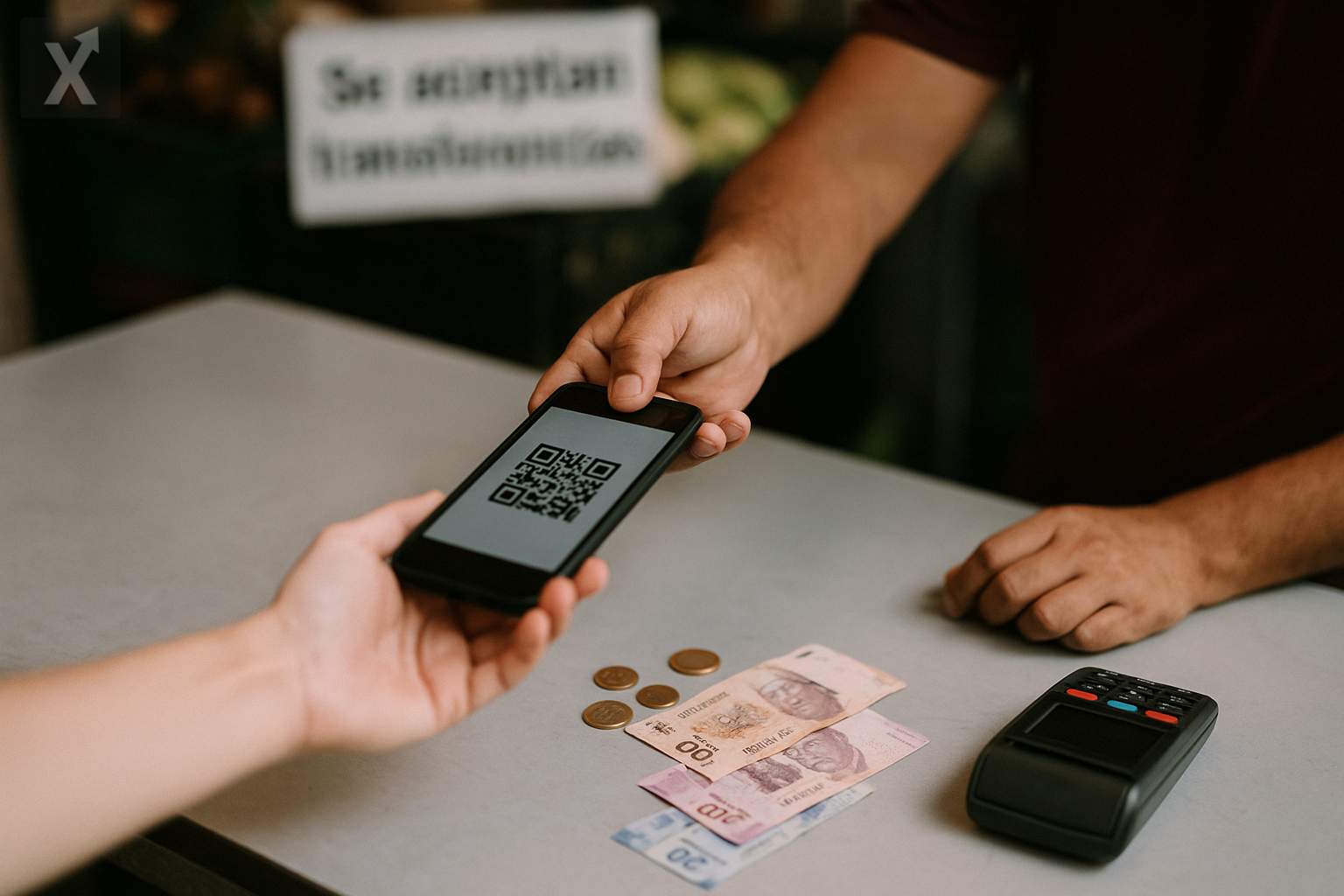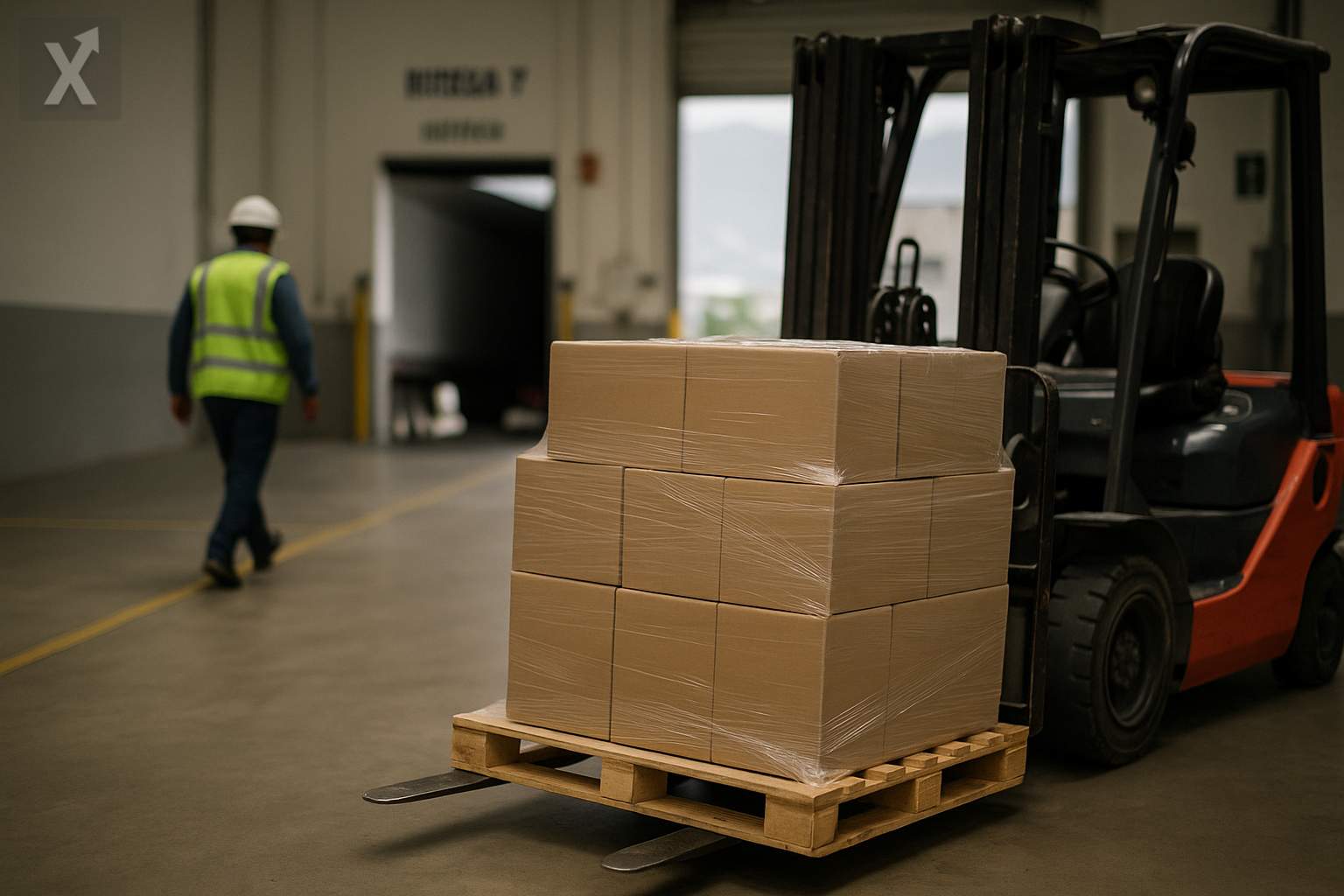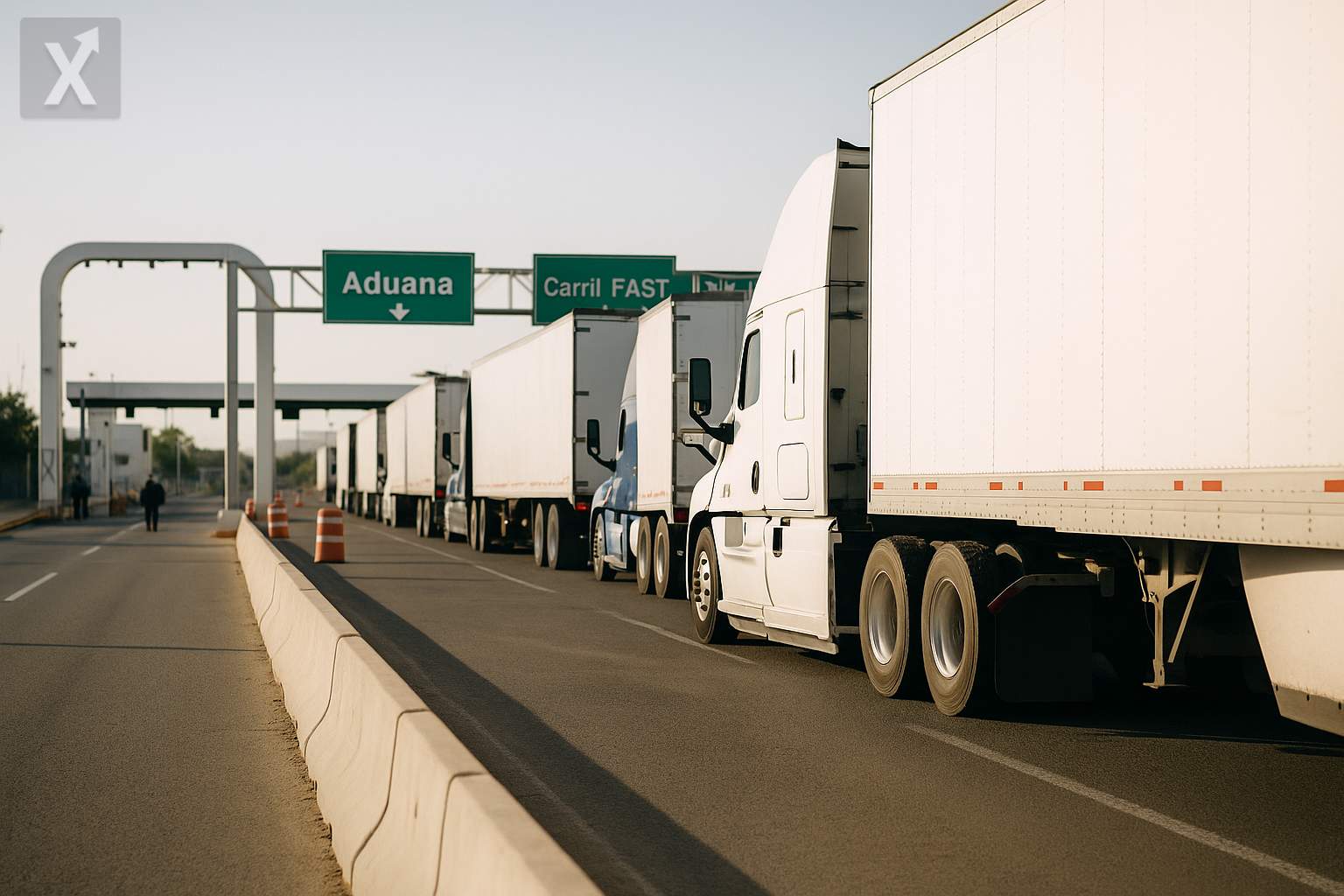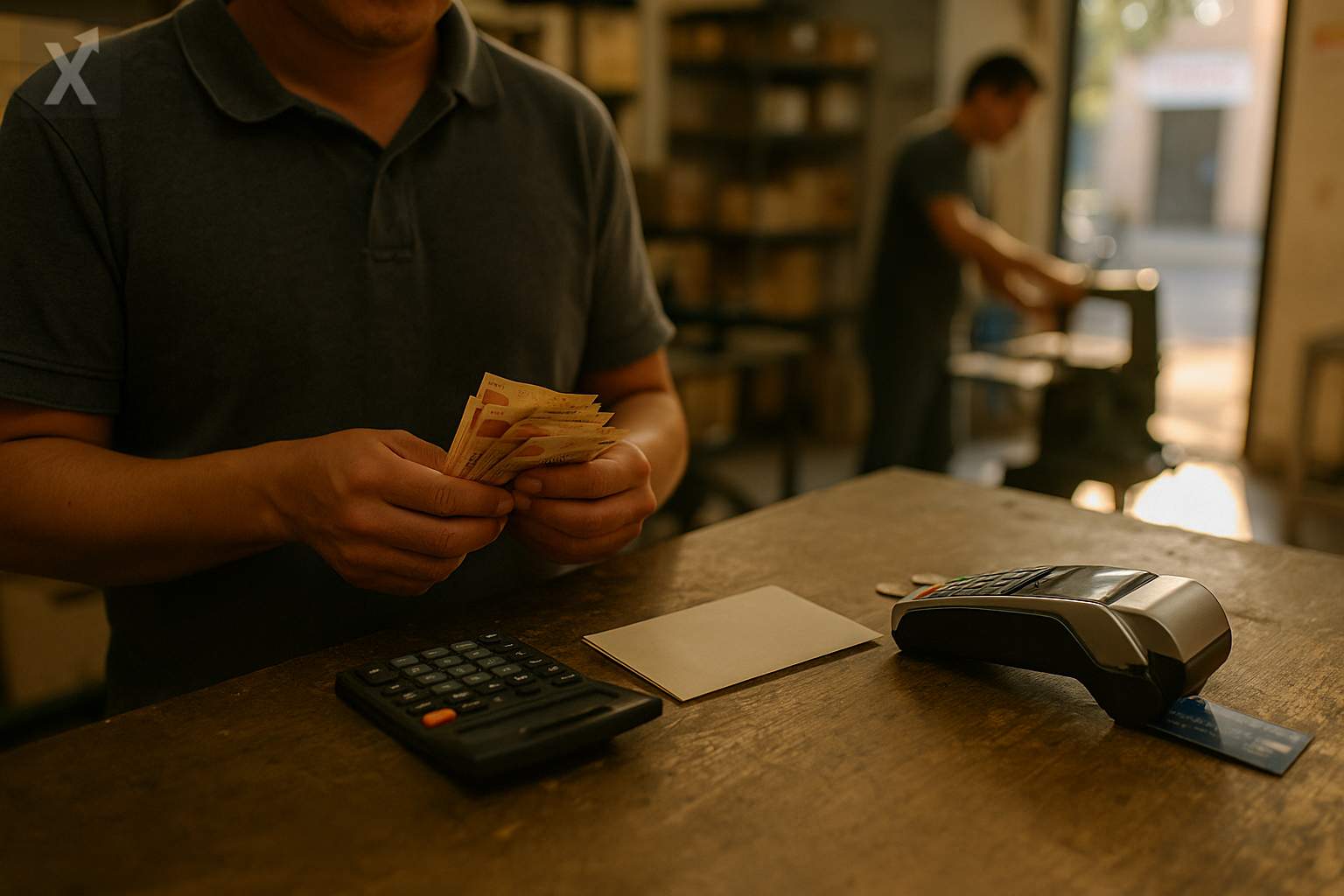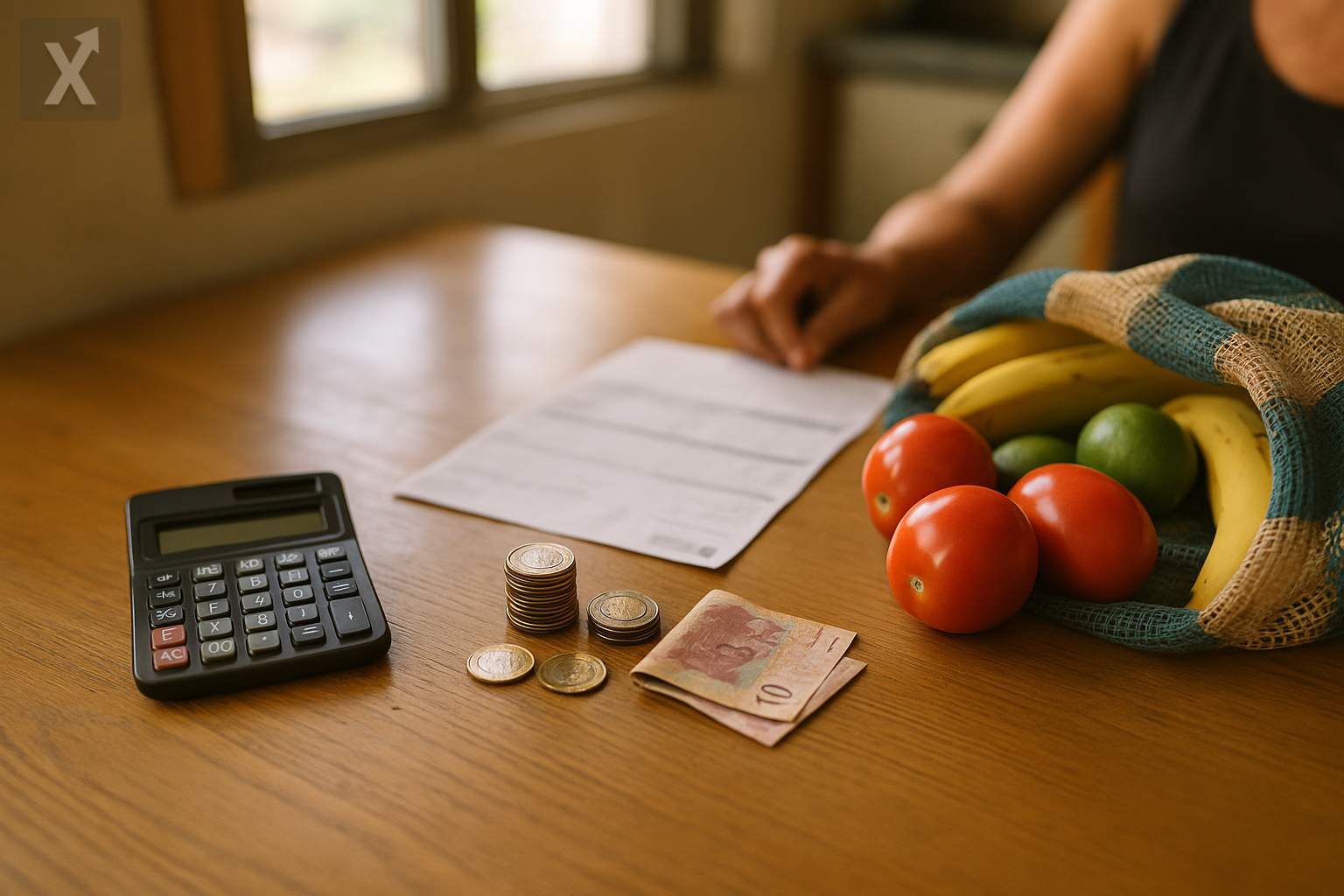Hong Kong: The Bright Spot in Mexico’s Asian Trade Balance

Recent figures from the Bank of Mexico confirm a persistent trend: Mexico’s trade balance with its main Asian partners continues to show large deficits. From January to May 2025, the aggregated trade deficit with Asia reached $96.112 billion. The largest share of this figure is with China, where trade remains especially imbalanced; Mexican imports from China far exceed its exports, with the gap representing almost half of the total deficit.
This pattern is seen with other key partners in the region, including Japan, South Korea, India, and Thailand, where Mexican exports fall far short of offsetting the flow of imports from these markets. Mexico’s industrial structure and technological needs help explain this trend, as the national economy depends heavily on inputs, electronic components, machinery, and equipment made in Asia. These goods are crucial for domestic manufacturing, particularly in sectors like automotive, electronics, and export-oriented industries.
In this challenging environment, one clear exception stands out: Hong Kong. During the first five months of 2025, Mexico recorded a trade surplus of $755 million with this territory. Mexican exports to Hong Kong amounted to $1.05 billion, a 151.3% growth compared to the same period in 2024, while imports reached $295 million. This positive result is not a fluke; the Mexico-Hong Kong commercial relationship has steadily strengthened over the past decade.
For every $100 that Hong Kong directs toward trade with Latin America, $35 are linked to the Mexican market. Mexico is both one of Hong Kong’s leading Latin American suppliers and a major buyer of Hong Kong goods and technology. Bilateral trade includes everything from semiconductors to computer equipment, as well as electronic components and circuits—key elements in global value chains.
The bilateral relationship is supported by key agreements such as the Investment Promotion and Protection Agreement (in effect since 2021) and the Agreement to Avoid Double Taxation (in force since 2013), which have provided legal certainty and tax benefits to both Mexican and Hong Kong investors. According to the Ministry of Economy, more than 200 companies with Hong Kong capital are registered in Mexico, representing a cumulative investment of over $1.6 billion. In addition, platforms such as the Greater Pearl River Delta continue to promote Mexican investment in high-innovation and technology sectors.
Mexico’s political landscape also shapes its economic path. Under Claudia Sheinbaum’s administration, public policies point to a focus on infrastructure, industrial strengthening, and technological development. The so-called Mexico Plan is aimed at boosting strategic sectors, increasing the added value of exports, and promoting next-generation industrial parks. All this could lead to deeper integration of Mexico into global and Asian markets, especially with partners like Hong Kong that have shown sustained interest and long-term competitive advantages.
In summary, while trade imbalances with Asia remain a structural challenge for Mexico, the relationship with Hong Kong offers a horizon of opportunity to diversify markets, attract investment, and strengthen Mexico’s position in high value-added supply chains. The underlying challenge will be to turn these advantages into greater regional integration, a stronger presence in Asian trade, and more robust, sustained industrial development.
Looking forward, the current context highlights how important it is for Mexico to continue diversifying its export markets, strengthening ties with Asian partners that present opportunities for surplus, and making the most of bilateral agreements that boost investment and technology flows.
